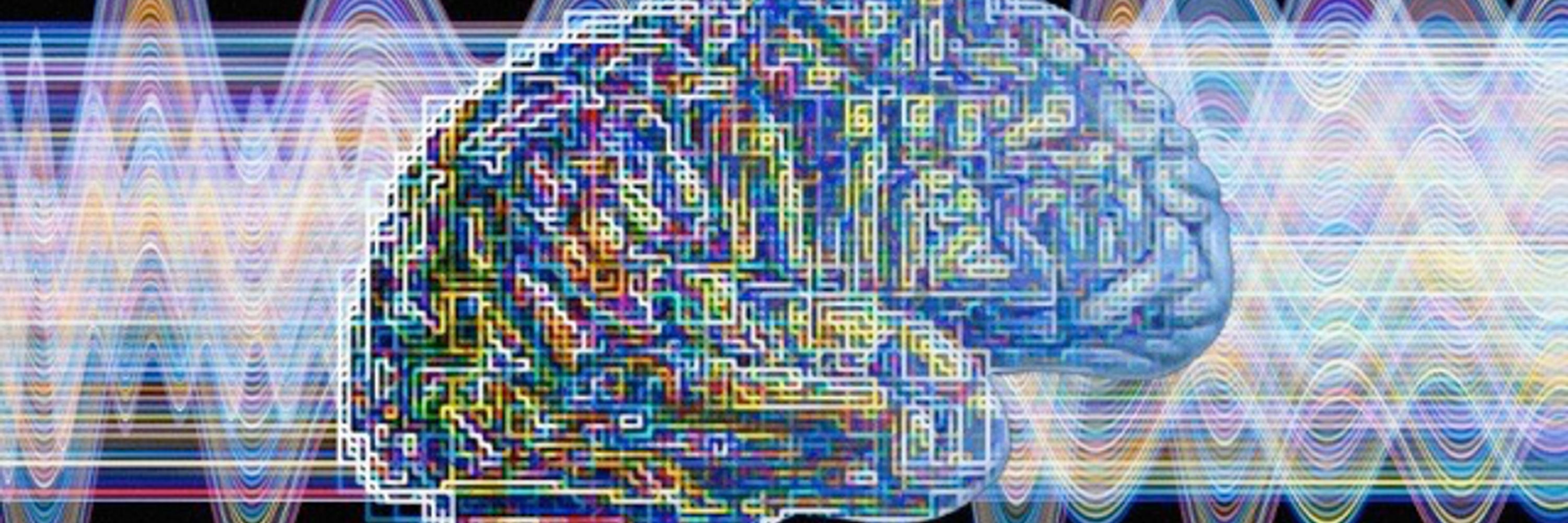
www.neurobane.com
🇨🇦➡️🇩🇪
It's free to attend and will also be broadcast live on the RS YouTube channel (no pressure then 😅)
royalsociety.org/science-even...
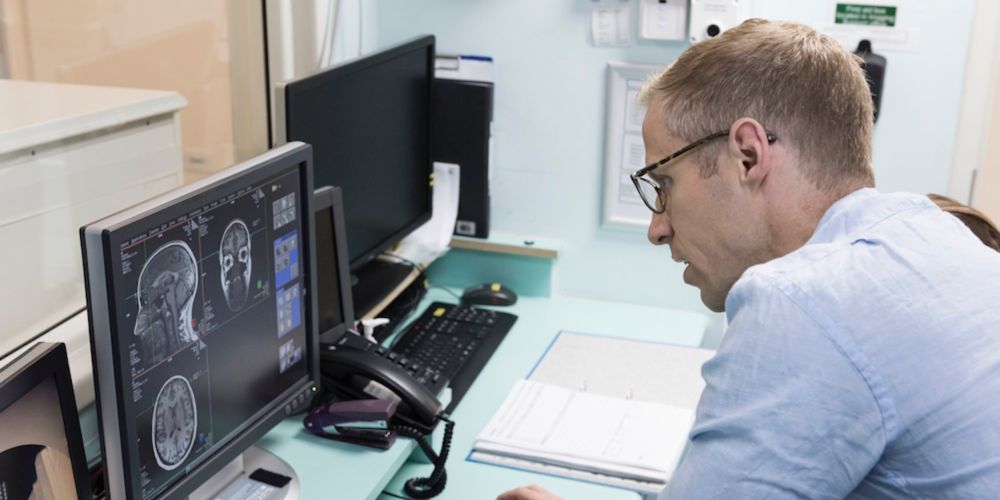
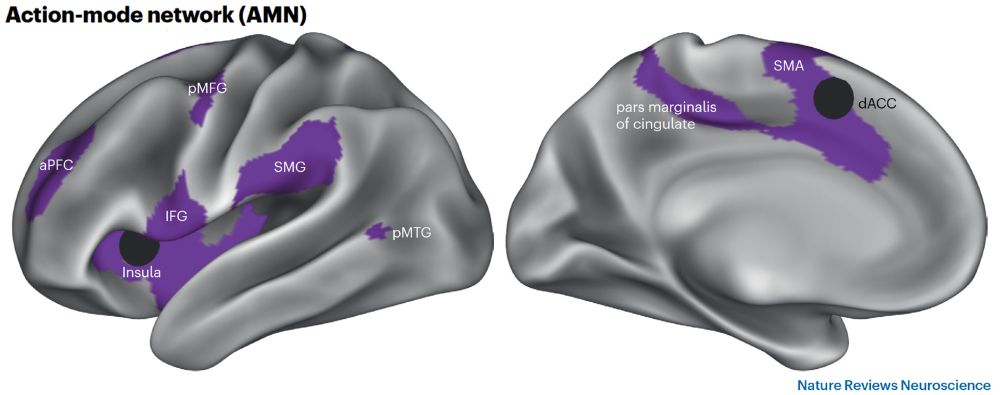
We hope you enjoy every single piece of it as much as we do!
www.cell.com/neuron/current
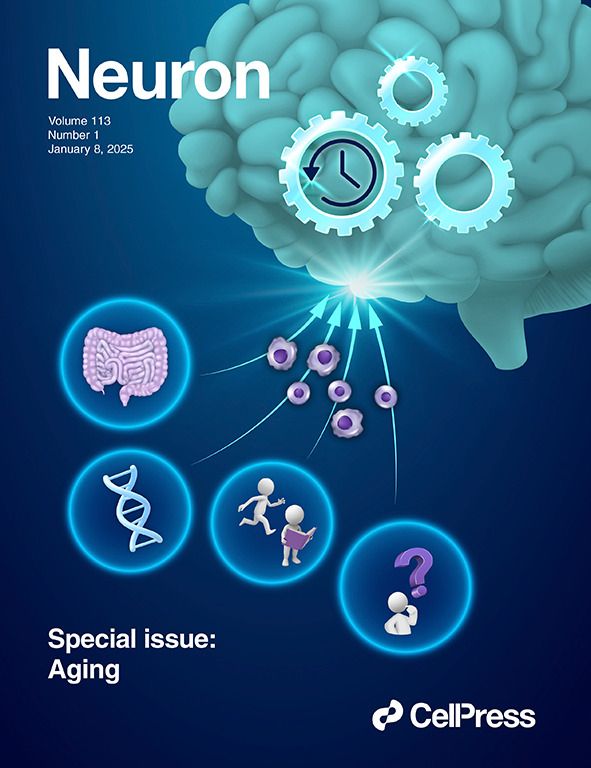
We hope you enjoy every single piece of it as much as we do!
www.cell.com/neuron/current
Task-related function is the future y'all... there can be no substitutes if we want to understand cognitive aging.
Task-related function is the future y'all... there can be no substitutes if we want to understand cognitive aging.
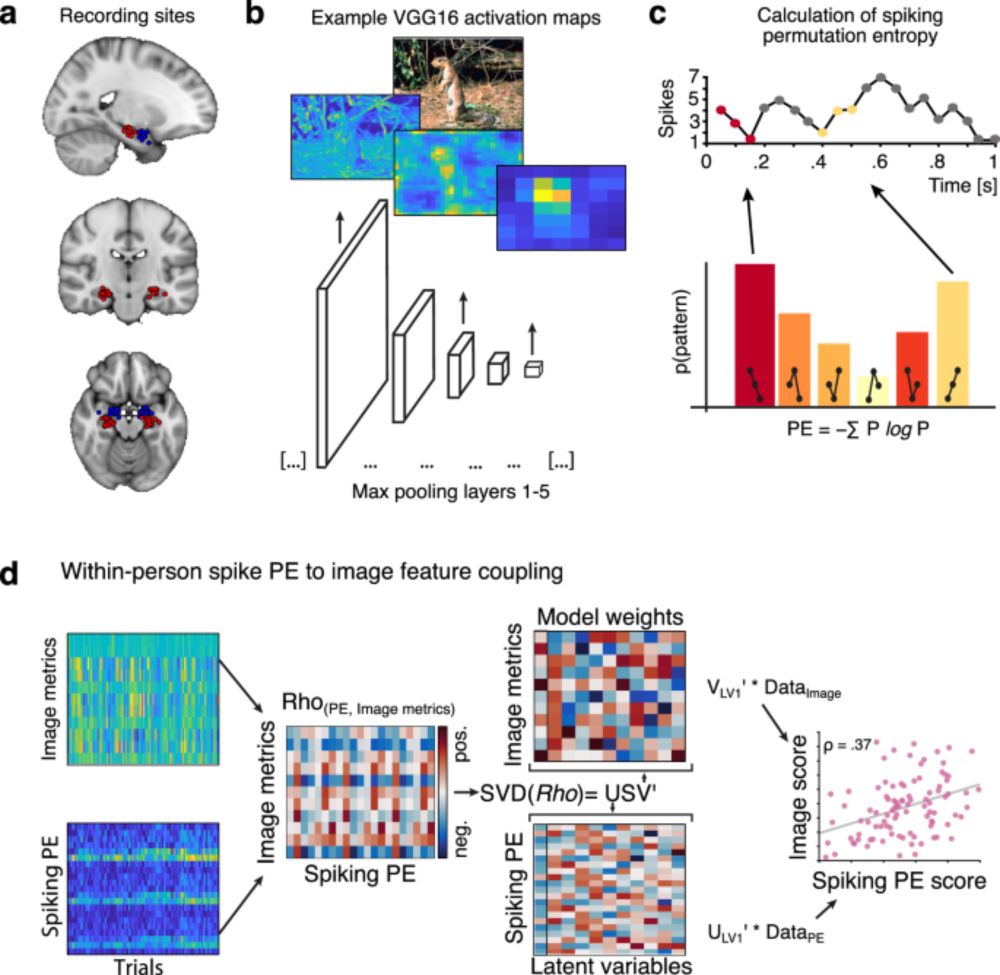

Now live in Nature Communications: www.nature.com/articles/s41...
Now live in Nature Communications: www.nature.com/articles/s41...

